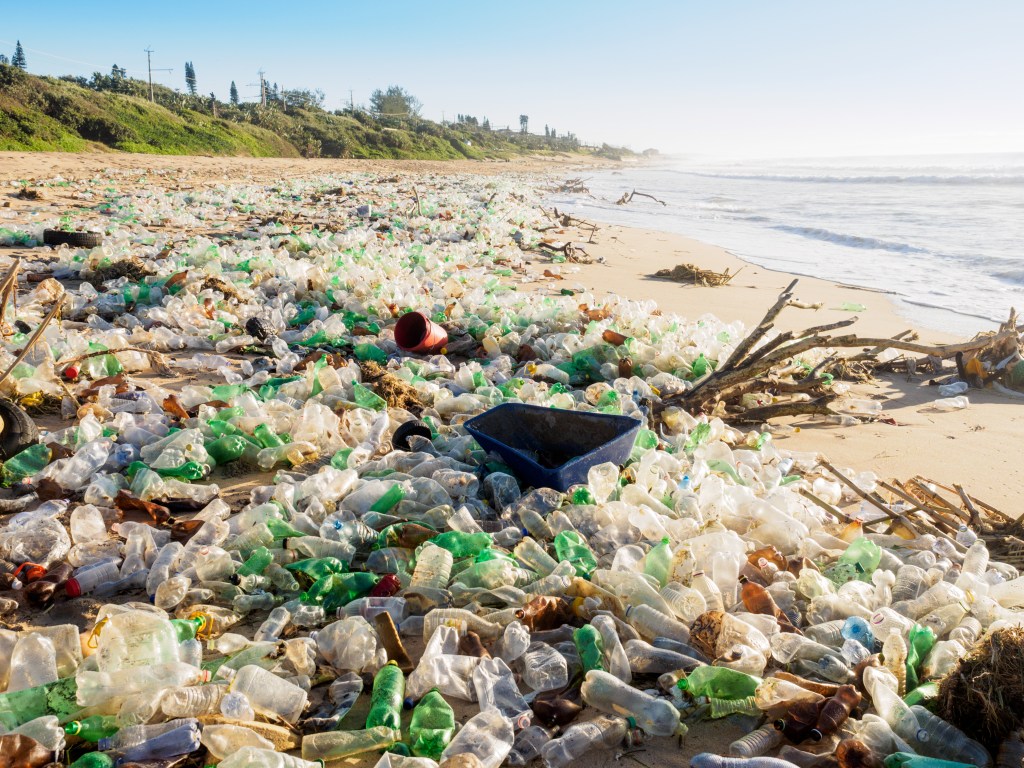Negotiations to create a global plastics treaty got a gigantic boost in March 2022 when 180 nations involved in the deliberations agreed to a comprehensive framework for the convention and set a fast-track schedule to complete the treaty draft by the end of 2024. Core elements agreed to are:
- Focus on the entire life cycle of plastics from design to production to disposal.
- Set up a funding framework to handle the transition to fewer and less toxic plastics.
- Preserve the rights of the most vulnerable communities and people (tend to be low-income) most impacted by plastic production, incineration, and landfilling.
- Make the treaty legally binding.
About 16,000 chemicals are used to make all types of plastics — colorants, flame retardants, antioxidants, stabilizers, lubricants, and plasticizers, to name a few of the categories. The exact function, structure, and toxicity of many of these chemicals are poorly understood. Scientists do know, however, that at least 3,200 of these pose a risk to human health and cost the U.S. more than $900 billion in annual health expenses. Unfortunately, petrochemical companies are projecting a doubling of their production of plastics by 2060.
As plastics degrade, they fragment into tiny pieces called microplastics. They are widespread and get into our wastewater treatment facilities, often from our laundry, since two-thirds of our clothing is now made of plastics (polyester and nylon) or from tire fragments off our roads after a rain. A biproduct of waste treatment, sludge, is often used for fertilizer. Microplastics are so tiny that plants absorb them from the sludge through their roots, making their way into our food and our bodies.
Although not a certainty, there is considerable momentum to have microplastics regulated by the treaty as well as the infamous “forever chemicals” known as PFAS (per- and polyfluorinated alkyl substances), more than 10,000 highly persistent chemicals that don’t occur in nature. The ubiquity of plastics polluting our air, land, soil, and oceans has added to the urgency to create a broad, legally binding treaty. A majority of nations has shown courage and commitment in combating corporate resistance. The Montreal Protocol and the Paris Climate Agreement of 2015 have been both a guide and an inspiration to produce an ambitious treaty and get it to the finish line by the end of this year.
Recent research in Sweden has found a feedback loop relationship between climate change and the degradation of plastics. The chains of large molecules in plastics are weakened significantly by increasing temperatures. This leads to more frequent replacement of clothing, appliances, and auto parts — that is, more production, more greenhouse-gas emissions, and still higher temperatures.
A global plastics treaty is predicted to be as significant a green deal as the 2015 Paris Agreement. It could be a major step in how nations collaborate, overcome division, and build a path toward a sustainable and plastic-free future.

